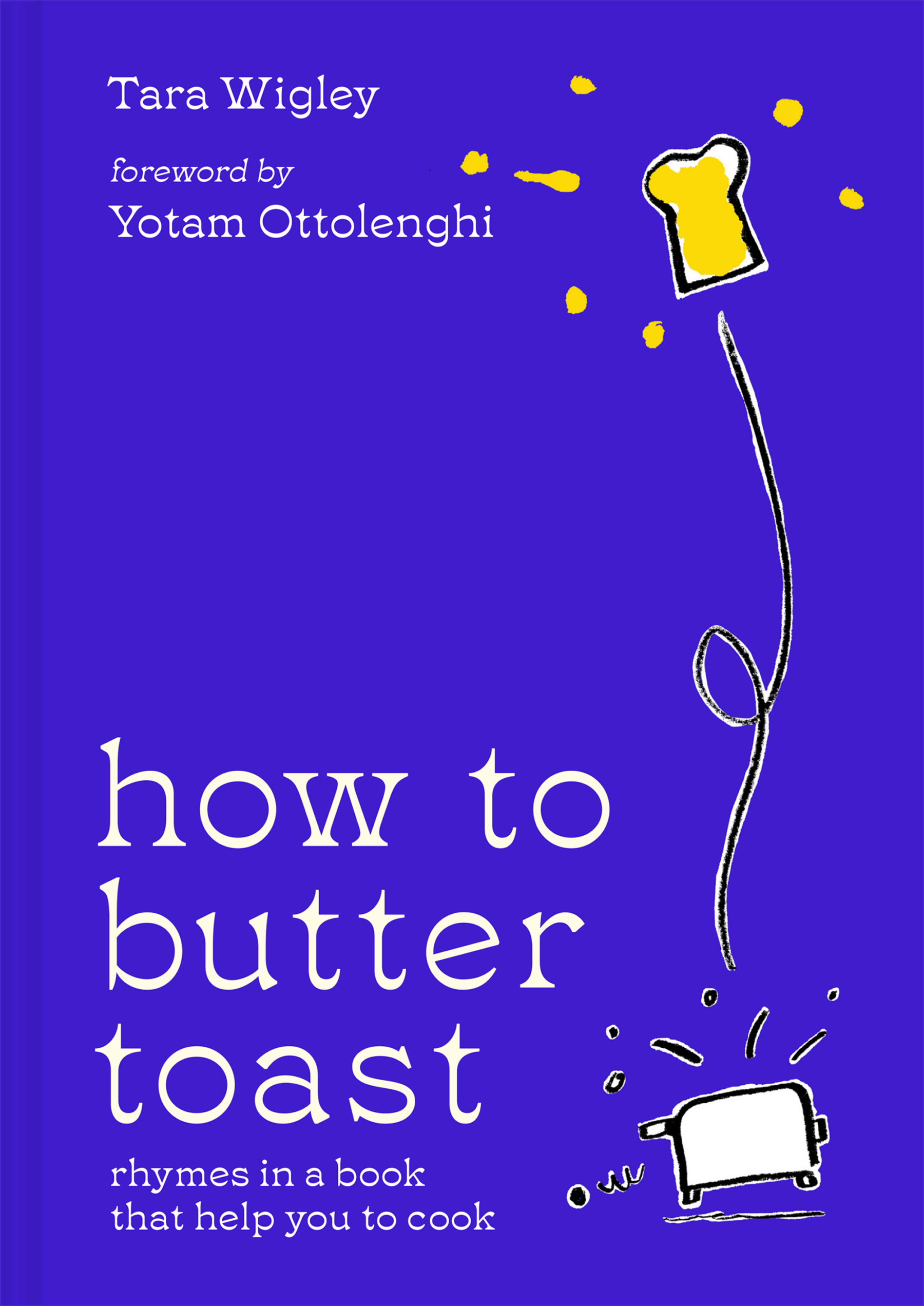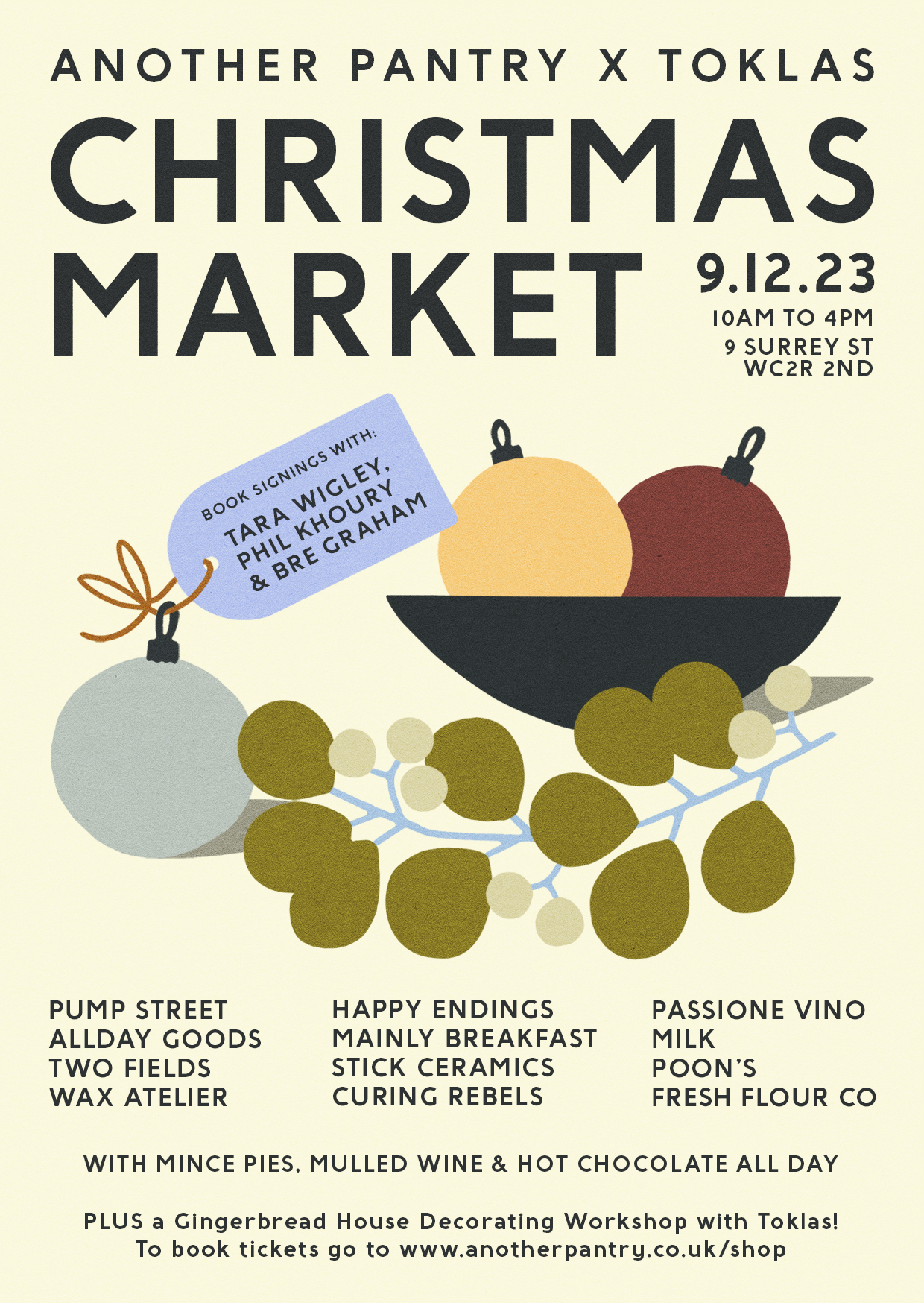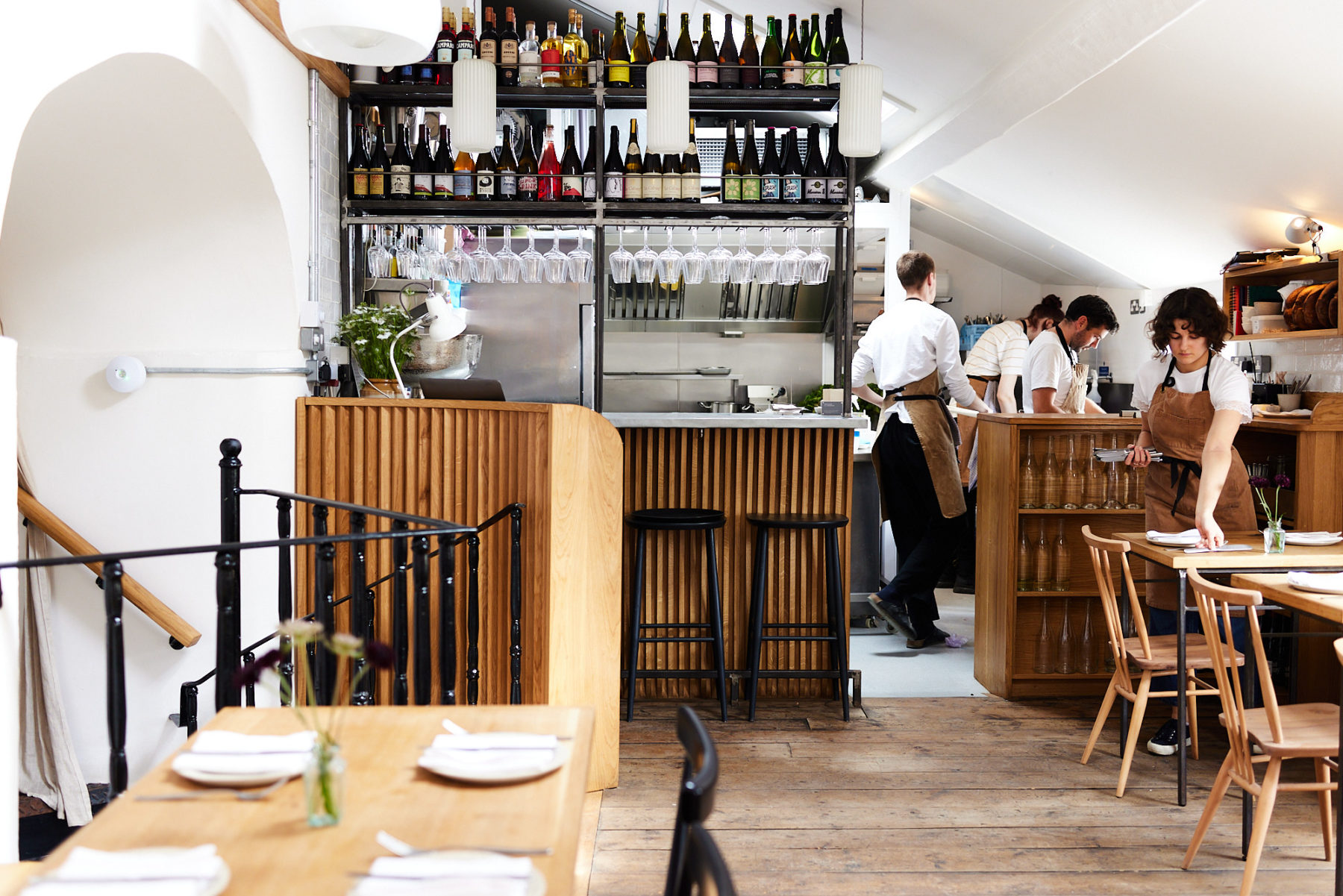
In The Neighbourhood — Landrace, Bath
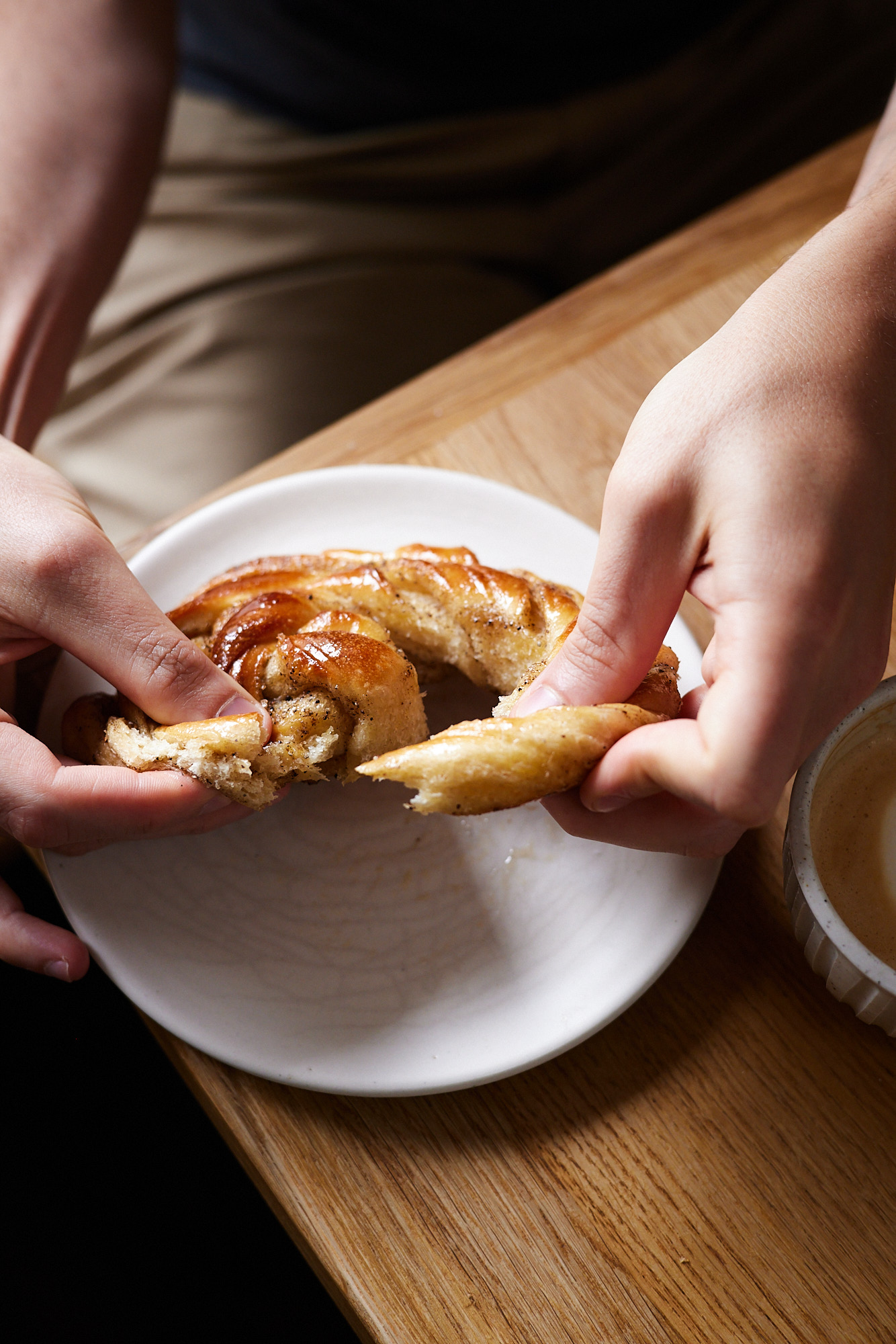
Nestled on Walcot Street in Bath, Landrace is a bakery with an impact much farther reaching than the quaint streets of the ancient city. Founded in 2019 by Andrew Lowkes, the bakery, shop and restaurant ‘Upstairs’, are an attempt to redefine, even reclaim, the connections between food, farming and community. It’s a business that celebrates diversity, from the seeds sown to the grain milled and the loaves baked. We sat down with Andrew to chat about the true meaning behind small-scale food production and how it benefits not only us as consumers, but also the farmers, millers, bakers, as well as our soil and our planet.
Andrew, tell us the story behind Landrace — where did it begin? How did your journey in food lead you here?
My first gig in food was with Neal’s Yard Dairy. I spent 5 years supplying chefs and restaurants with cheese and during that time I met my now business partner Tom Calver who owns Westcombe Dairy near Bruton, Somerset.
“We had dinner together and it quickly became obvious that we shared the same intention around food, farming, community, hospitality, people and business. A grain partnership, forged in cheese, dipped in chocolate…!”
After NYD I left to take on the wholesale with Pump Street Chocolate – who at that point were still making bean-to-bar chocolate in their bakery in Orford, Suffolk. Shortly after I joined we moved to a larger facility where there was greater capacity to expand the wholesale – particularly to chefs and bakers. So we had a lot of fun seeing that side of the business grow. Three years into my time at Pump Street I heard that Tom and his partner Mel had a site in Bath that they were looking to do something with. We had dinner together and it quickly became obvious that we shared the same intention around food, farming, community, hospitality, people and business. A grain partnership, forged in cheese, dipped in chocolate…!
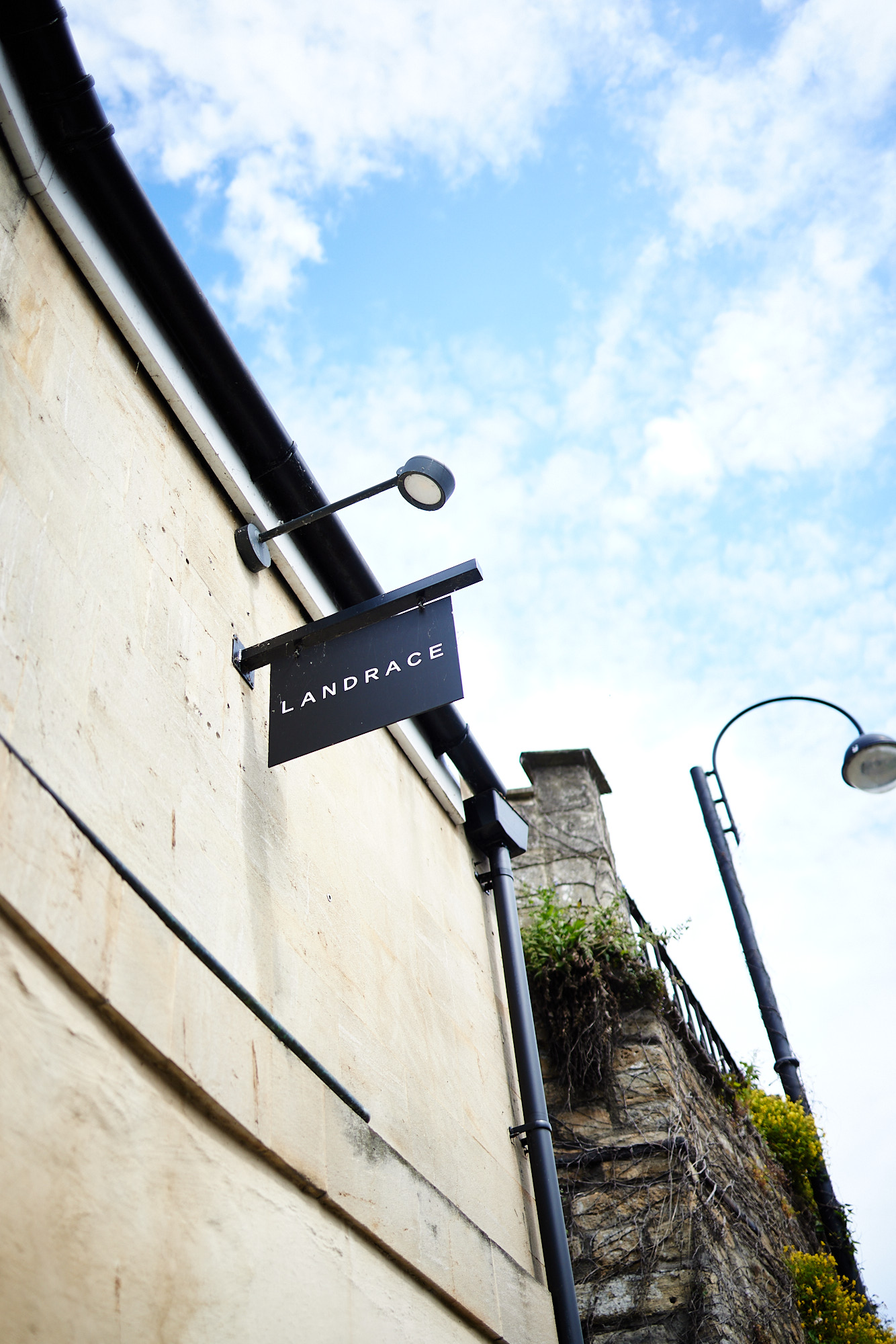
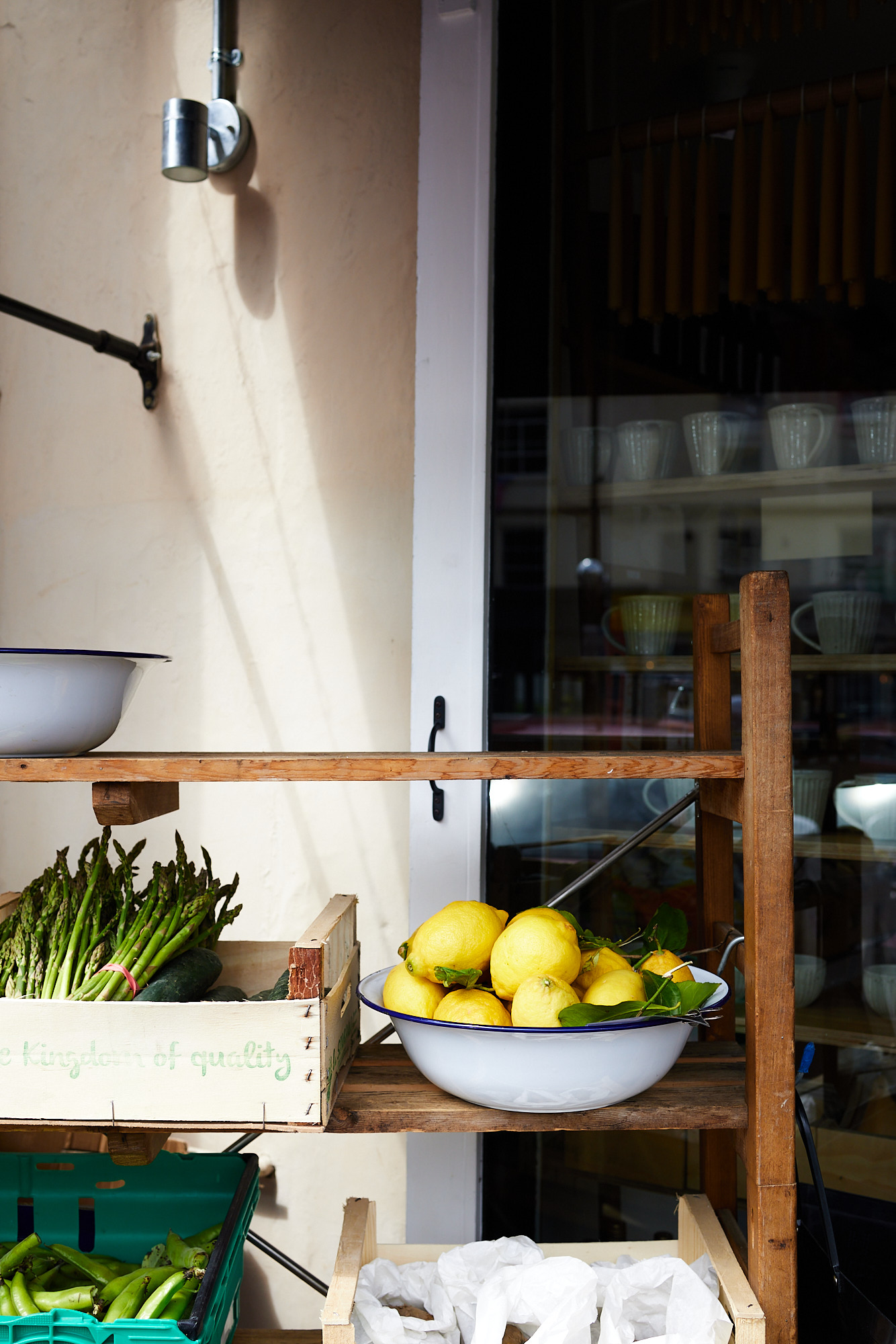
Why the name Landrace? What does the term mean and why is it relevant to a bakery such as yours that doesn’t rely on the traditional or industrial agricultural model?
Landrace varieties are the opposite of modern cultivars — they’ve retained some wild characteristics. Modern varieties of crops such as wheat are mostly bred for yield and uniformity so that they are consistent, reliable and can be produced at a large scale. Landrace isn’t an idea unique to wheat or baking, though. You can have a landrace cow, sheep, pig, barley, corn, wheat and interestingly the variety is often named after the place where it became uniquely well-adapted. Think Tamworth pig or Aberdeen Angus cow.
There is much discussion in the food and farming community around landraces because of their broad genetic diversity; and as a consequence their ability to respond and shift to sharp environmental changes (such as climate) without the need for conventional chemical inputs such as pesticides. So contrary to your suggestion I’d say the agriculture we’re interested in IS the “traditional model”, but we also need to restore traditional seed diversity and a traditional understanding of highly localised, highly resilient food systems for the whole thing to work.
Imagine a landrace as the best pub quiz team ever; lots of team members with a broad diversity of expertise, interests, backgrounds, knowledge. If you picked a bunch of pals for your team who all knew plenty about politics but all the questions were about showbiz you’d be pretty stumped. And in a crude way that’s effectively the state of farming right now. Modern cultivars, in their uniformity, are much more susceptible to being wiped out by one disease. We’re being asked a lot of questions by our changing climate and depleted soils that our industrial food system doesn’t have the answers to.
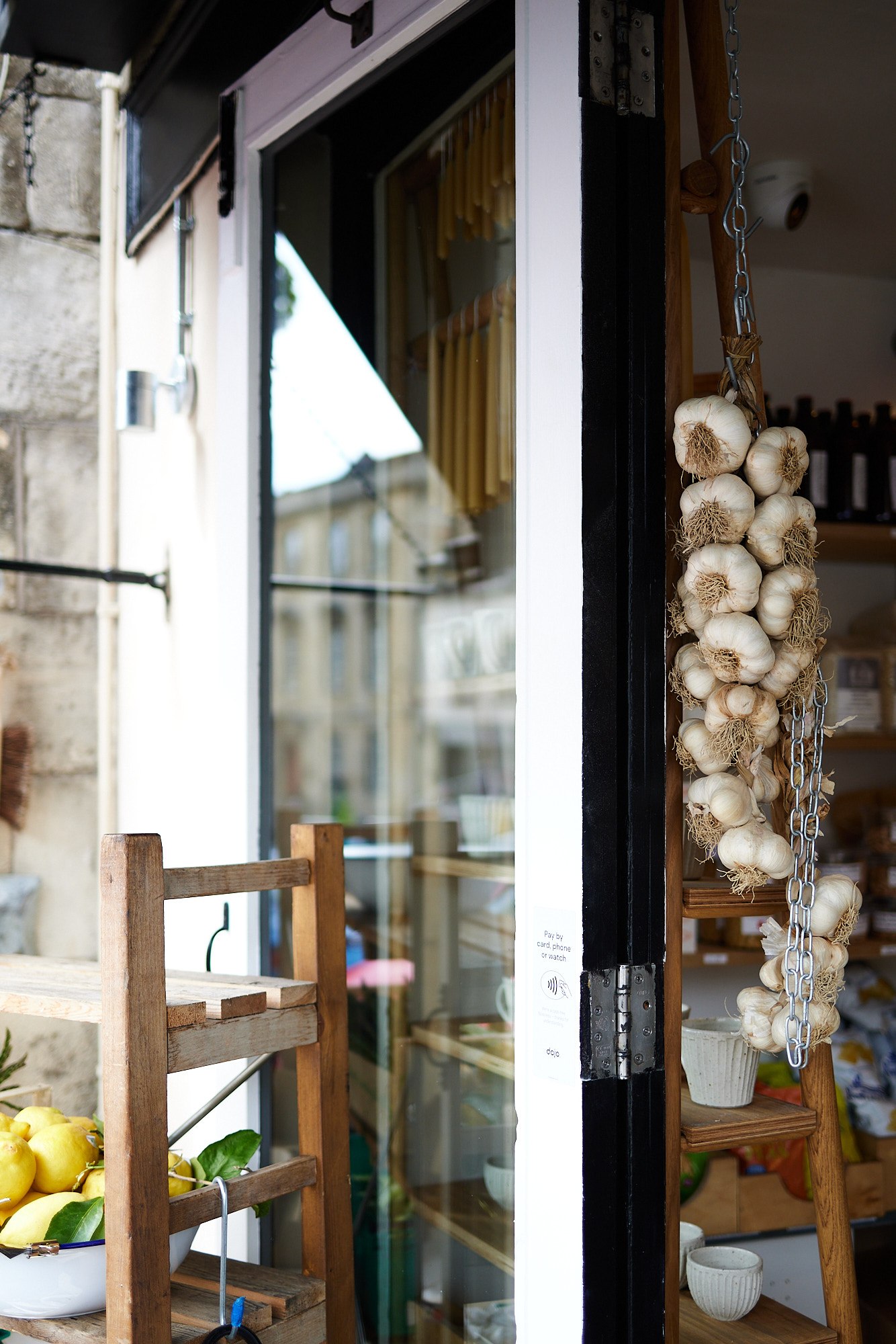
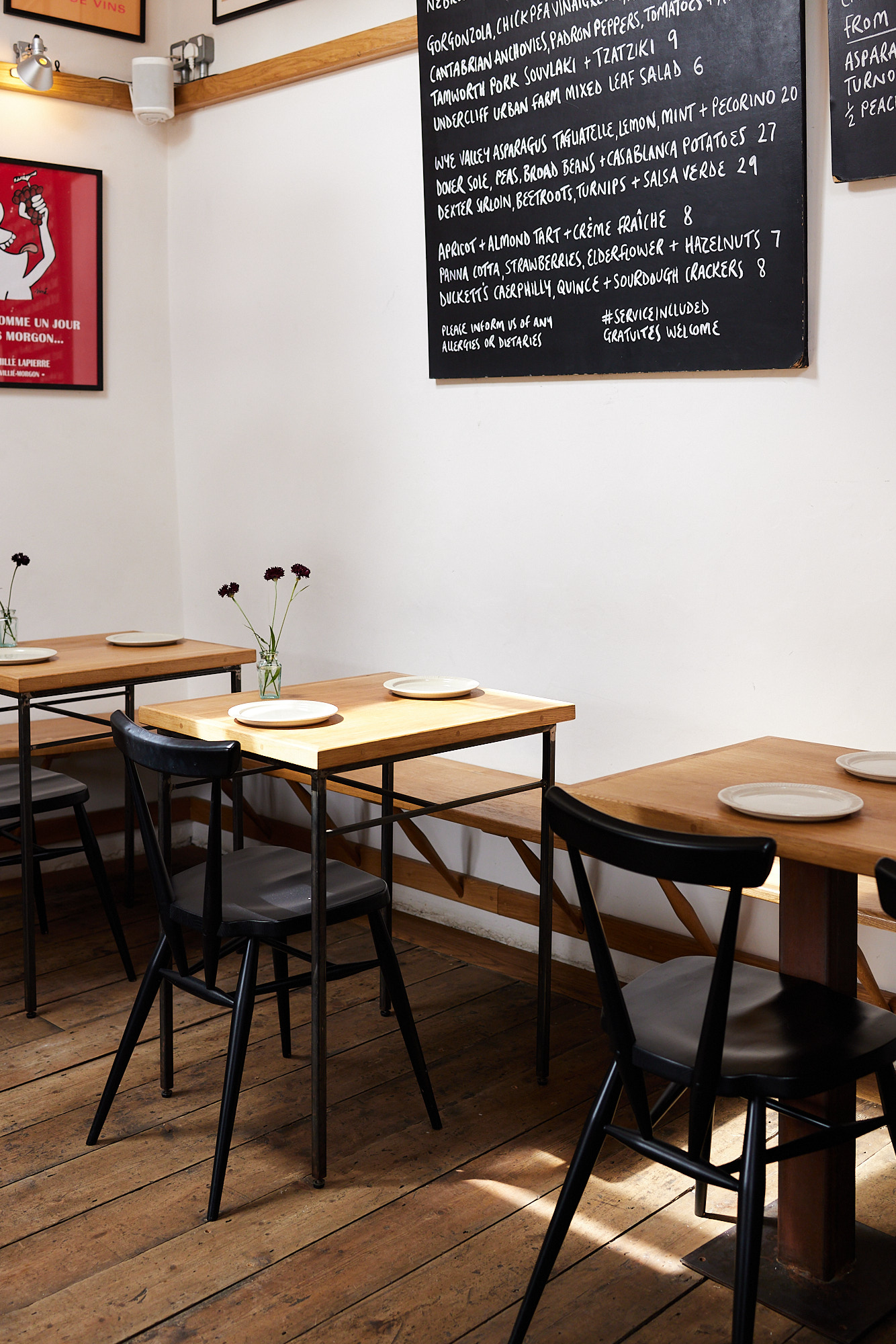
What about heritage grains? Are the terms landrace and heritage interchangeable? What’s the important thing to focus on here?
It’s important to say that a landrace doesn’t need to be “old” or “heritage”. I think this is kind of a red herring. And it’s easy to get wrapped up in the nostalgia because these heritage varieties often have wonderful old names such as orange Devon blue rough chaff or Percival’s blue cone rivet… but it’s possible to have old charming varieties with a very narrow genetic diversity simply because of the way the seed has been saved. Diversity is the key.
In contrast, however, we have a wheat population in the ground at Westcombe Dairy which is made up of entirely modern wheat varieties. But crucially they’ve all been crossed with each other in this wonderfully intertwined tapestry such that almost no two seeds are genetically the same. If we continue to resow/harvest year after year it’s hoped that we’ll form our own unique Westcombe Landrace variety. One that’s uniquely adapted to the soil, the climate, the farm and crucially the farmer (and by extension the baker). I think that’s the wonderful thing here — how the farmer interacts with the seed, and then how the seed is converted into a food (milled into flour) then consumed (as a loaf of bread) all plays into how the landrace is defined. So people have an active role to play in shaping this ever-evolving dialogue between soil and seed.
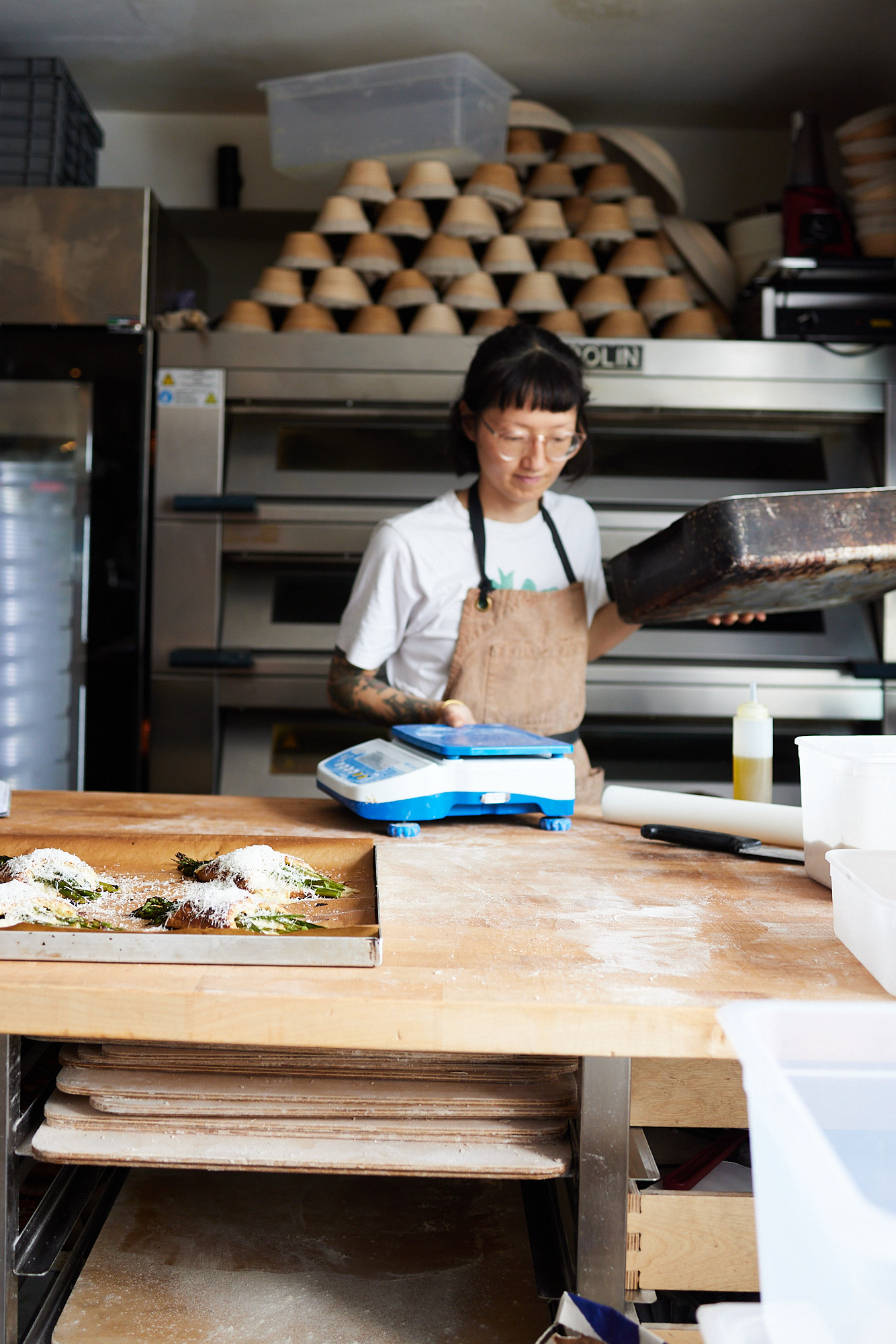
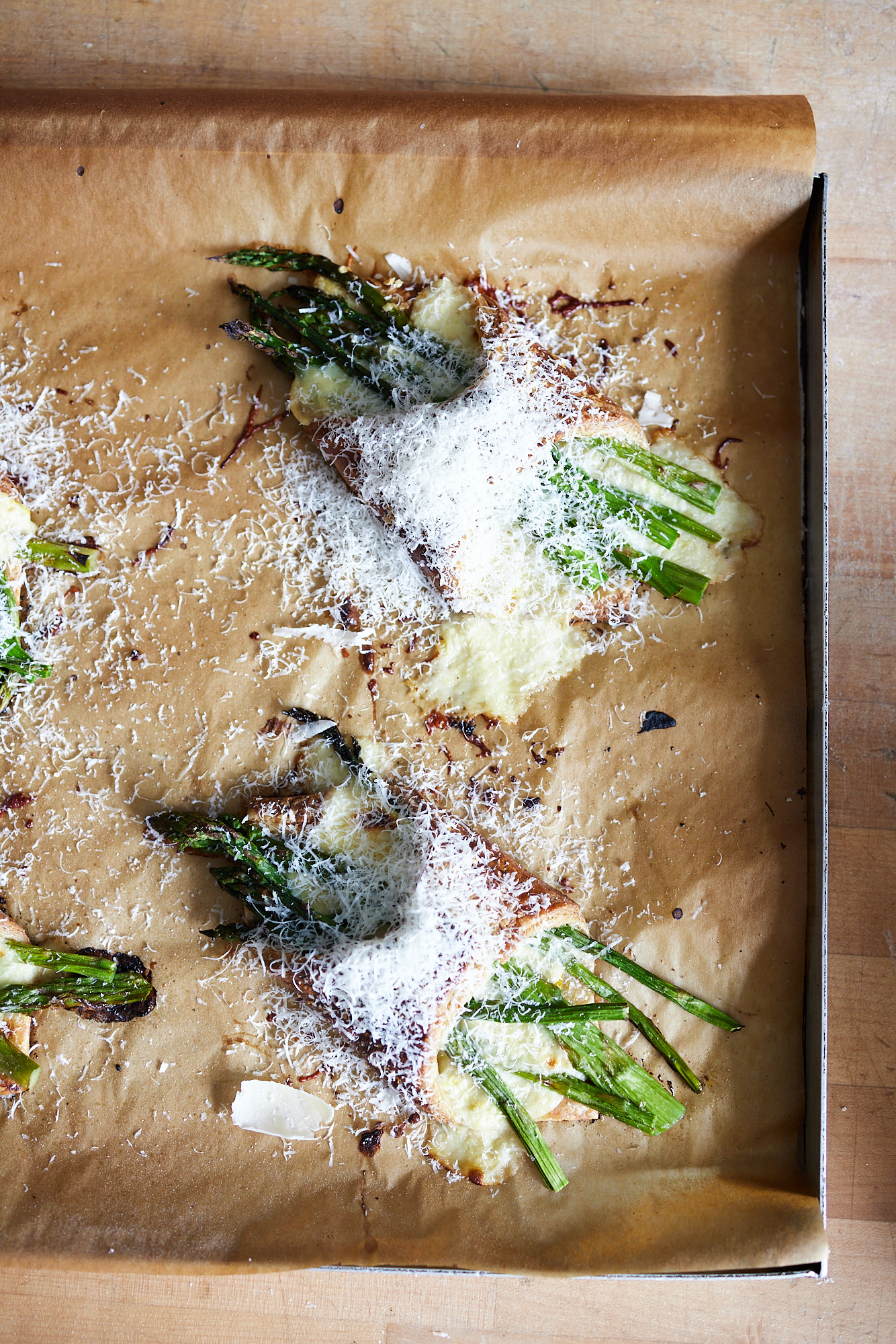
How does your business model and supply chain reflect this philosophy?
We’ve taken the idea of a landrace as a guiding principle by which to run a successful, mindful food business. Our restaurant and bakery teams are a diverse “population” that makes up the Landrace as a heterogeneous variety. My fondest food memories are when the thing I’m eating just makes perfect sense exactly where I’m eating it. My ultimate hope is that Landrace continues to become better adapted to its own unique place. Only instead of soil and climate our environmental conditions could be our network of suppliers, our customers, our neighbours, our wider community and everyone who supports our work.
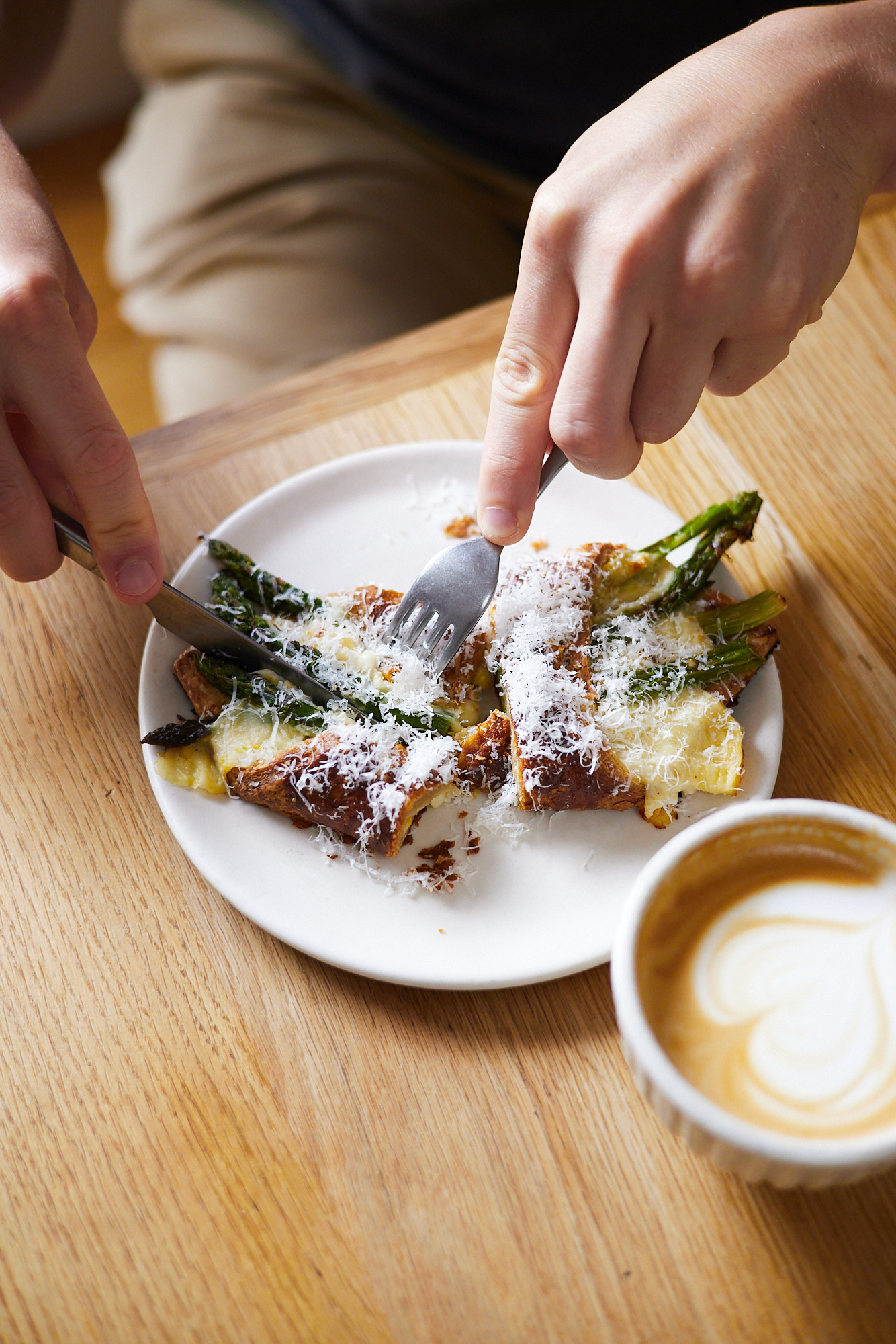
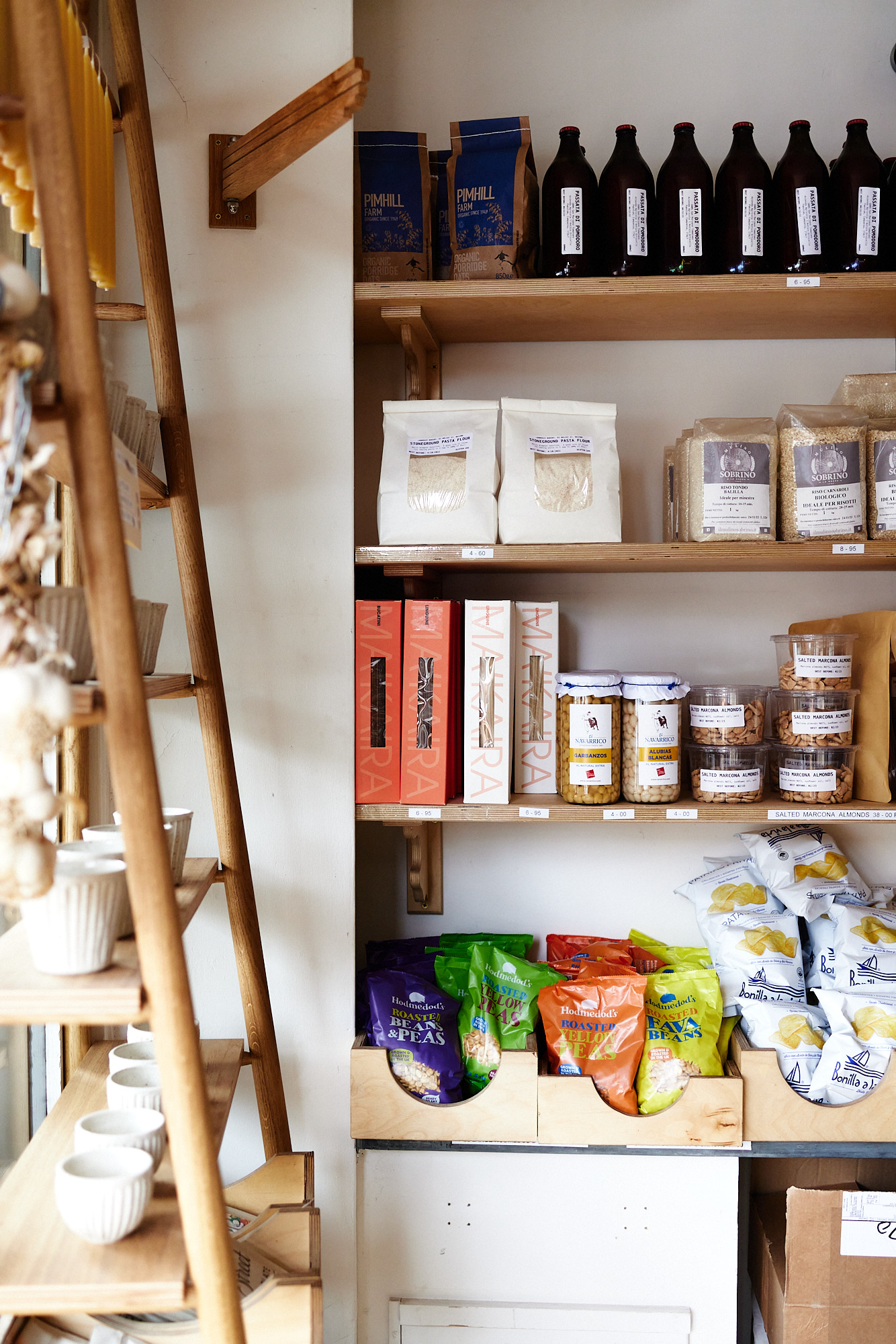
Is milling your own flour the next step? Tell us about what’s in the works with Landrace Milling and what small-scale, freshly milled flour offers as opposed to flour milled on an industrial scale.
I’ve just returned from the US on a research trip having put a deposit down on a 40” New American Stone Mill. They’re manufactured in Vermont by a wonderful husband and wife team who also own a small wood-fired bakery. They’ve sent their mills all over the US and so the loose theme of my trip was to learn how a small scale milling operation can unlock more flavour, more nutrition and more meaningful farmer-baker partnerships. In this respect it’s been formative to travel and expand our community in a global sense. And see how like-minded folk are solving the exact same challenges that you’re facing, but on the other side of the world in their own unique regional grain community.

Landrace’s Pantry
(5 items that are always in your pantry or on your kitchen shelves)
1. Freshly milled wholemeal flour for keeping the levain fed…!
2. Wilding Cider Vinegar
3. England Preserves Mustard
4. A very large piece of Westcombe Cheddar
5. Pump Street Chocolate
Follow @landracebakery and @landracemilling for more, and check out www.landracebakery.com for bookings and opening hours.


